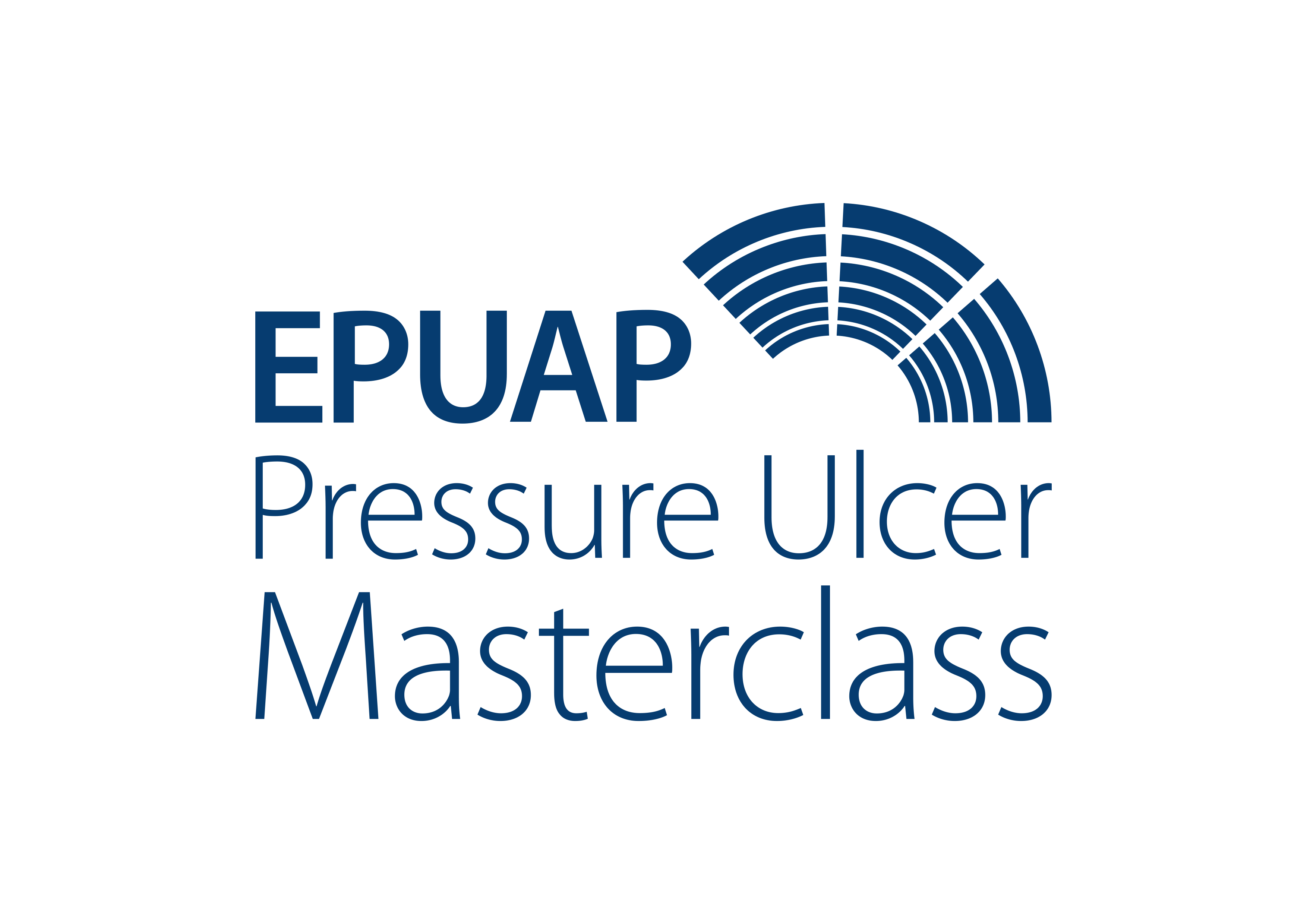Learning objectives
At the end of this Masterclass, participants will be able to:
- describe the etiology and pathophysiology of pressure ulcer development;
- identify risk factors for pressure ulcer development;
- evaluate pressure ulcer risk assessment methods and procedures;
- explain the impact of pressure ulcers on patients, carers, organisations and on the society;
- diagnose and classify pressure ulcers;
- describe the association between pressure ulcers, quality of care, and patient safety;
- describe the evidence about support surfaces (cushions and mattresses), heel preventive devices, nutrition, and repositioning to prevent and treat pressure ulcers;
- recommend effective interventions to prevent pressure ulcers and adapt the interventions to specific patient populations and contexts;
- recommend effective interventions for local treatment of pressure ulcers and adapt the interventions to specific patient populations and contexts;
- list indications and contra-indications for wound dressings, biological dressings, growth factors and biophysical agents for the treatment of pressure ulcers;
- describe best practices for cleansing, debridement, assessment and treatment of infection and biofilms;
- describe the etiology and pathophysiology of Incontinence Associated Dermatitis (IAD) development.
- diagnose and classify IAD and develop a tailored prevention and treatment protocol for the own organisation.
- develop a tailored pressure ulcer prevention and treatment protocol for the own organisation;
- describe the role of surgery to treat pressure ulcers;
- apply effective techniques for patient repositioning;
- evaluate the strengths and limitations of pressure ulcer guidelines;
- discuss the challenges related to clinical trials in the domain of pressure ulcers;
- discuss methods and educational strategies for implementing pressure ulcer prevention and treatment protocols in practice.
Plenary Speakers
Dorem ipsum dolor sitIncidunt laborum beatae earum nihil onsequuntur official

Ellen Kuhl
Robert Bosch Chair of Mechanical Engineering, Professor of Mechanical Engineering and, by courtesy, of Bioengineering Stanford University

